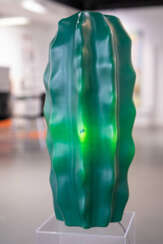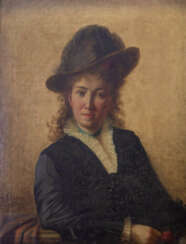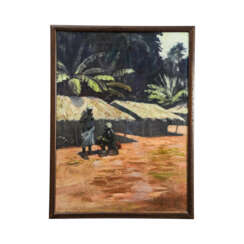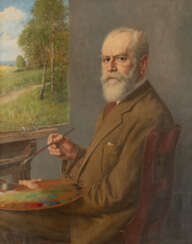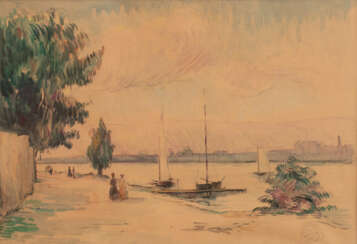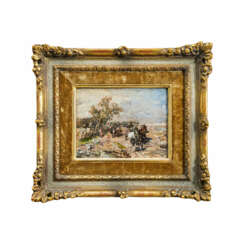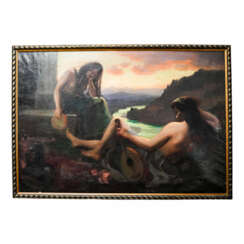Auctions of antiques and modern art — lots on sale
Lot 345 Cornelius Wagner (1870 Dresden - 1956 Söcking)
Cornelius Wagner (1870 - 1956) 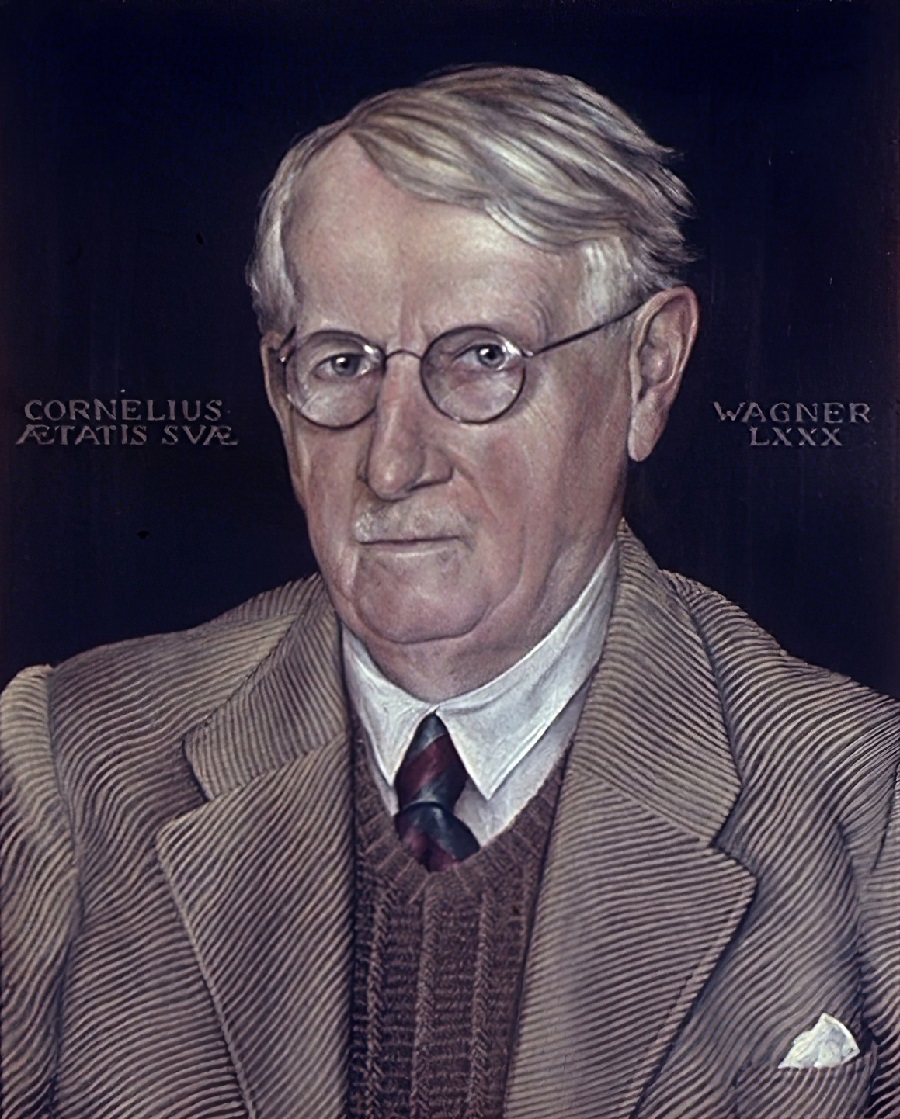 A136: Alte Kunst, Antiquitäten, Interieur & Design
A136: Alte Kunst, Antiquitäten, Interieur & Design 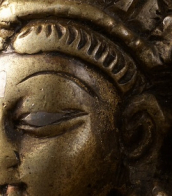

Cornelius Wagner
10.08.1870 - 26.08.1956
Germany
Cornelius Wagner was a German impressionist painter, master of nautical scenes and landscape paintings.

WETTMANN | Auktionshaus an der Ruhr
A136: Alte Kunst, Antiquitäten, Interieur & Design
Date: 13.12.2025 11:00 UTC +01:00
Number of lots in the catalog: 376
Lot 319 Gregor von Bochmann (1850 Gut Nesat - 1930 Hösel)
Gregor von Bochmann (1850 - 1930) 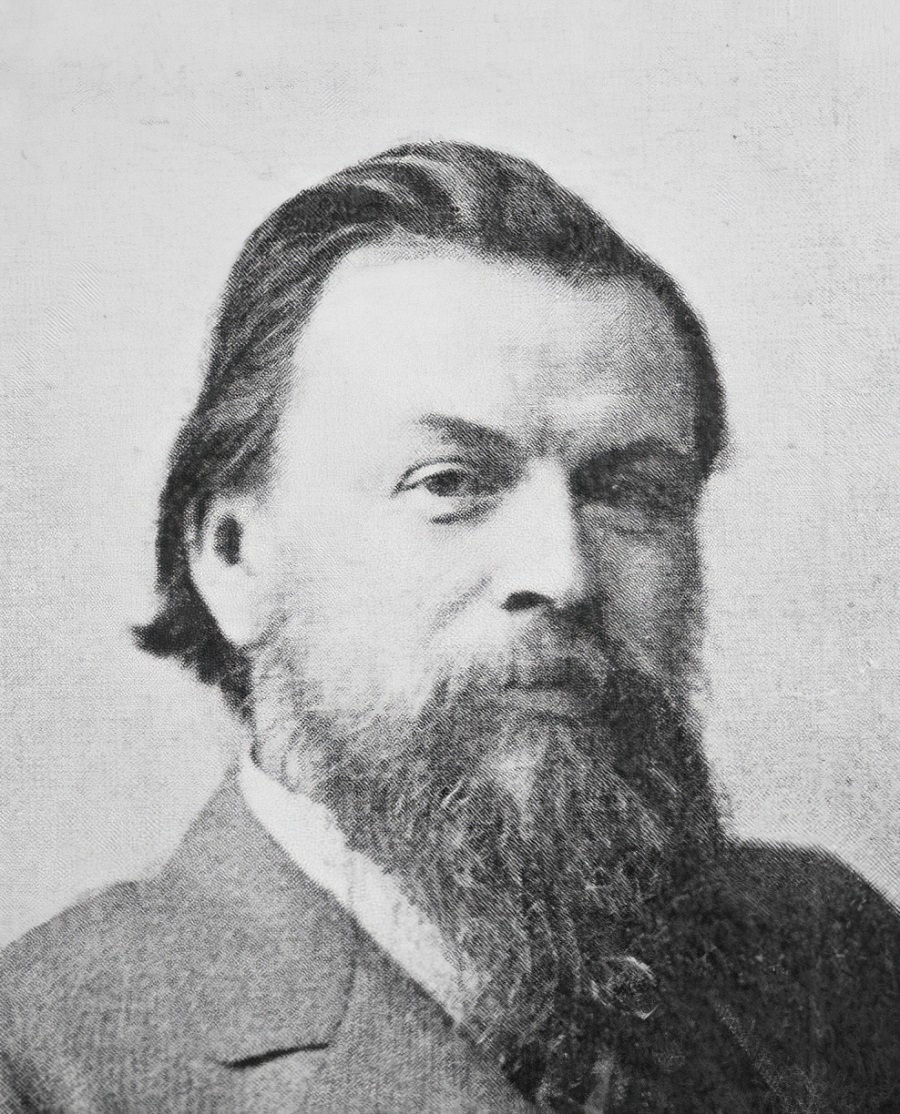 A136: Alte Kunst, Antiquitäten, Interieur & Design
A136: Alte Kunst, Antiquitäten, Interieur & Design 

Gregor von Bochmann
01.06.1850 - 12.02.1930
Germany, Estonia
Gregor von Bochmann was a Baltic-German landscape and genre painter.

WETTMANN | Auktionshaus an der Ruhr
A136: Alte Kunst, Antiquitäten, Interieur & Design
Date: 13.12.2025 11:00 UTC +01:00
Number of lots in the catalog: 376
Lot 318 Gregor von Bochmann (1850 Gut Nesat - 1930 Hösel)
Gregor von Bochmann (1850 - 1930)  A136: Alte Kunst, Antiquitäten, Interieur & Design
A136: Alte Kunst, Antiquitäten, Interieur & Design 

Gregor von Bochmann
01.06.1850 - 12.02.1930
Germany, Estonia
Gregor von Bochmann was a Baltic-German landscape and genre painter.

WETTMANN | Auktionshaus an der Ruhr
A136: Alte Kunst, Antiquitäten, Interieur & Design
Date: 13.12.2025 11:00 UTC +01:00
Number of lots in the catalog: 376








